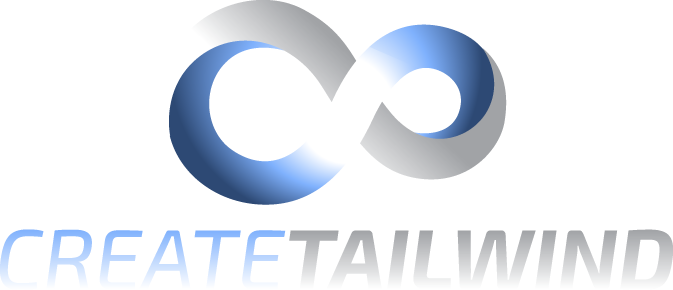Insurance companies set the minimum premium for life insurance policies based on actuarial calculations, aiming to ensure profitability. However, it’s the federal government that sets the maximum premium, indicating a significant aspect related to tax implications. Policies exceeding the government-stipulated maximum premium are classified as Modified Endowment Contracts (MECs), subject to strict rules, regulations, and penalties similar to qualified plans.
The evolution of life insurance as a financial tool became particularly evident after legislative changes in the 1980s, specifically the Deficit Reduction Act of 1984 and the Technical and Miscellaneous Revenue Act of 1988. These laws limited the amount of money that could be placed in life insurance policies, a move to encourage investment in government-sanctioned retirement plans like 401ks, IRAs, and SEPs.
Qualified plans are designed to defer taxes and postpone tax calculations, a critical aspect for long-term financial planning. However, this deferral can lead to uncertainties about future tax liabilities. In contrast, life insurance can offer a more predictable and controlled financial growth environment.
Life insurance, particularly whole life policies from mutual insurance companies, can offer several advantages. These include tax-deferred growth, the possibility of tax-free withdrawals, and competitive rates of return. The design of these policies is crucial; as premiums increase towards the maximum limit set by the government, the benefits typically escalate correspondingly. However, exceeding this limit leads to a policy becoming a MEC, which is undesirable due to the associated restrictions and tax implications.
For those practicing Infinite Banking or privatized banking concepts, designing the premium using paid-up additions riders is a strategic approach. It involves setting the premium close to the MEC line without crossing it, thereby maximizing benefits while maintaining liquidity and control over the funds.
Interestingly, term insurance, the most basic form of life insurance, offers limited benefits, primarily the death benefit. However, the probability of a term insurance policy paying out is relatively low, and premiums can become prohibitively expensive as the insured ages. This aspect highlights the insurance industry’s actuarial foundations, where probabilities and risk management play significant roles.
In summary, life insurance, particularly whole life policies, can be a powerful tool in wealth accumulation and financial planning – that’s why we use them in Infinite Banking. When designed correctly, these policies offer a range of benefits, including tax advantages, that are not readily apparent in more traditional investment vehicles. Understanding these nuances is key to leveraging life insurance to its full potential, a strategy that requires careful planning and expert guidance.
Explore More Articles
Ep. 363: How to Activate Your Network and Make Money with Jarrod Randolph
Heather2025-09-14T13:23:41+00:00September 16th, 2025|
Ep. 362: Purpose Before Progress with Pankaj Singh
Heather2025-09-08T00:15:13+00:00September 9th, 2025|
Ep. 361: The Science of Getting Rich with Jim Oliver
Heather2025-08-31T01:18:54+00:00September 2nd, 2025|

Join Our Free Educational Community
It’s time to re-learn everything you know about money.
CreateTailwind has created a free, interactive educational platform. Our goal is to teach you how money really works, so you can have exponential abundance that will carry on your legacy.






